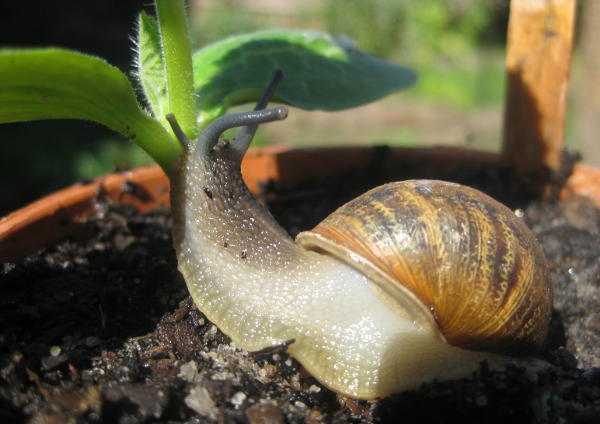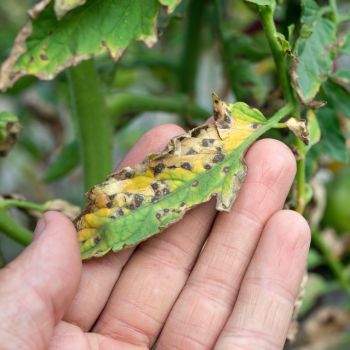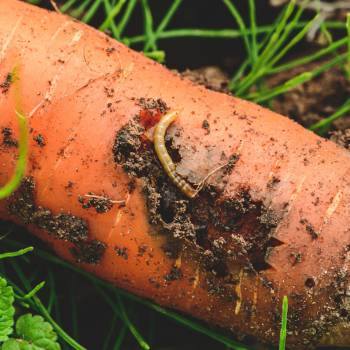Slugs and snails will be part of a healthy ecosystem in many gardens and having some will usually be a fact of life. That said, you will have to control populations if they are too large. Slugs and snails can cause a lot of damage and are a particular problem for young plants.
Short Term Control
In the long term, making sure the garden has a balanced ecosystem will keep the numbers of these pests down. In the short term, there are some measures you can take to protect your plants:
- Slugs and snails are found in greater numbers after dark. Go to the garden with a torch and remove them by hand to keep numbers down. Removal is not a long term solution as getting rid of them can create a vacuum that can cause a population boom and make the problem worse in the long term.
- Protect seedlings by covering them with cloches made from cut off plastic drink bottles or similar. Give larger plants collars made from plastic drinks bottles or similar.
- Encircle beds containing vulnerable seedlings with copper tape or copper electrical wire and/or put a barrier of crushed, cleaned and dried egg shells around plants (this will only work in dry conditions when egg shells are sharp). Wood ash also works as a barrier in dry conditions, though could make soil more alkaline and should only be used in moderation. Some say that sheep's wool can also be used as a barrier around plants.
Traps For Slugs and Snails
If you have a bad population imbalance then you will probably have to trap and kill some slugs and snails. One popular trap is a bottle half buried in the soil with two holes cut in the side, half filled with beer. (Put a stick leading out of the bottle to allow other creatures to escape.) Slugs will enter, get drunk and drown.
Any moist damp places will be hiding places for slugs and snails. Look in these spots and you will see congregations and be able to establish the scale of the problem.
Plants To Repel Slugs and Snails
- Chives (placed or tied around plants)
- Rosemary
- Anise
- Fennel
Attracting Predators To Eat Slugs and Snails
The most effective way to control slug and snail populations in your garden is to make sure that you have predators around to keep their numbers down.
Predators of slugs, snails and their eggs:
- A range of different wild birds. (Attract as many birds as possible with feeders and nest spots etc.)
- Lizards and other reptiles.
- Some Frogs and Toads.
- Some small mammals
- Chickens: Chickens should eat slugs and snails. Allowing them to range into areas where they are found will help reduce numbers (though watch out as they will also tend to eat and scratch up seedlings). You can also throw any slugs and snails into the chickens' area when you find them. Just make sure you worm chickens regularly.
- Ducks and geese also eat slugs






